The Sun’s Swirling Green Gases of Wonder
Unprecedented images from space capture the Sun’s true beauty
/https://tf-cmsv2-smithsonianmag-media.s3.amazonaws.com/filer/Beauty-Catching-Rays-631.jpg)
As NASA’s Hi-C telescope launched into space aboard a rocket on July 11, astrophysicist Leon Golub sat in a control room at the U.S. Army’s White Sands Missile Range in New Mexico. Soon monitors lit up; temperature readings scrolled across a screen. “It was a big relief once we started to see data, because there are so many ways that things can go wrong,” says Golub of the Harvard-Smithsonian Center for Astrophysics in Cambridge, Massachusetts.
A few hours later, once the rocket returned to Earth and the six-foot-long telescope had been opened, Golub and his colleagues were staring at the sharpest—and most alluring—pictures ever taken of the Sun’s scorching atmosphere, its corona. “They were really spectacular,” he says. “That’s when we started talking about champagne.”
The high-resolution snapshots, depicting a sea ofswirling green gas that looks like an Abstract Expressionist canvas, reveal the solar atmosphere as it has never been seen before. The corona, composed of electrically charged gas, as hot as 2.7 million degrees Fahrenheit, emits wavelengths of X-ray and ultraviolet light invisible to the eye. Hi-C recorded these wavelengths. The telescope’s nine-and-a-half-inch mirrors are coated with a material that reflects very short wavelengths—so-called “extreme” UV light—onto a device that converts light into black-and-white images. As scientists analyzed the telescope images, they also digitally superimposed a brilliant green, which functions as a kind of color key, indicating the type of ultraviolet wavelength that was captured by Hi-C.
The Sun’s magnetic field carries energy from its core to its atmosphere. Scientists have posited various explanations for the transfer of energy to heat the corona. The Hi-C team believes that the newly uncovered patterns of gases roiling in the corona—patterns generated by the magnetic field—will clarify the inner workings of the field itself. They are planning to publish a paper on their findings soon.
New data on the corona’s heating system will help scientists comprehend mechanisms triggering solar flares and other coronal eruptions, known to generate solar storms. Those solar events can damage satellites and disrupt electrical power grids on Earth.
Beyond that, says Hi-C’s lead investigator, Jonathan Cirtain, one can make a case for the aesthetic merit associated with investigating those painterly jade-green images. “There’s something inherently beautiful,” he adds, “about understanding the nature of the universe.”
/https://tf-cmsv2-smithsonianmag-media.s3.amazonaws.com/accounts/headshot/science-erin-wyman-240.jpg)


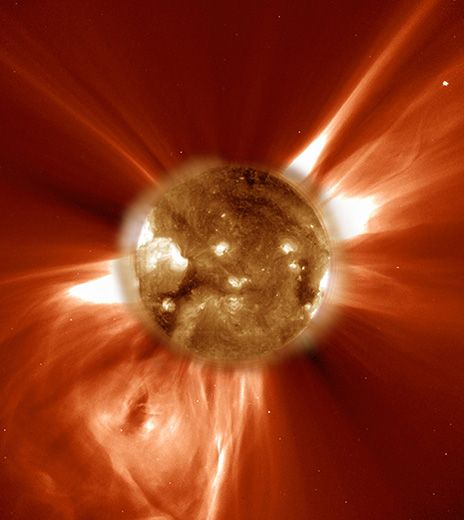
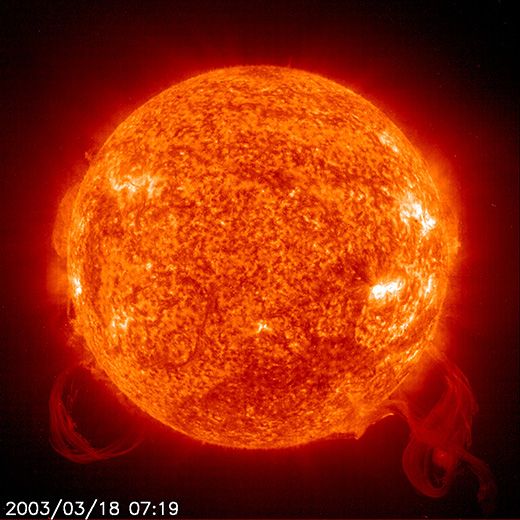
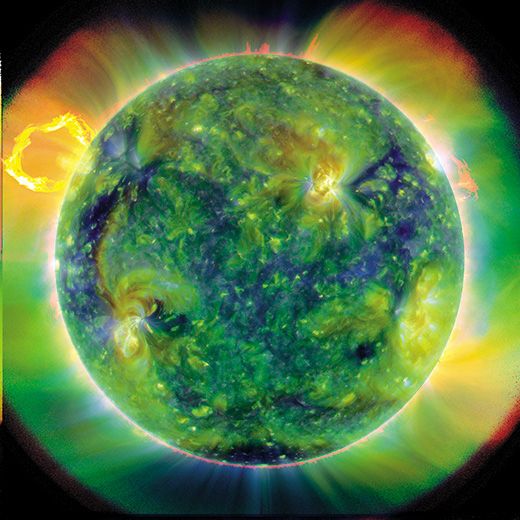
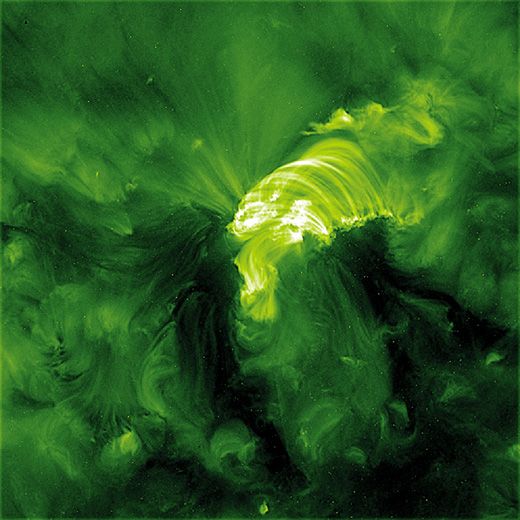
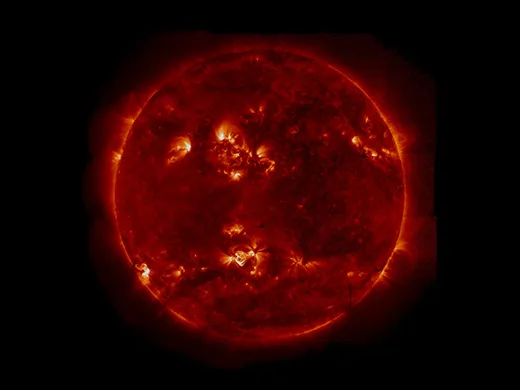
/https://tf-cmsv2-smithsonianmag-media.s3.amazonaws.com/accounts/headshot/science-erin-wyman-240.jpg)